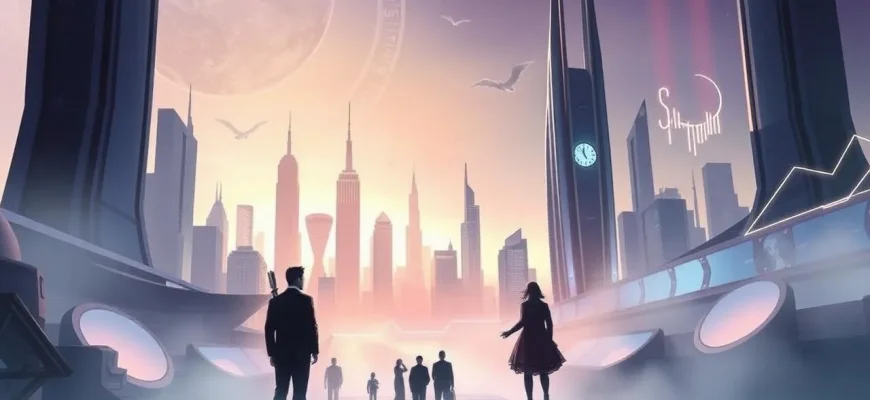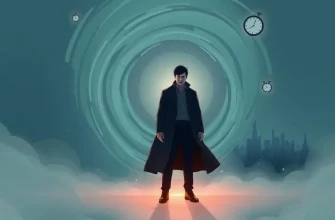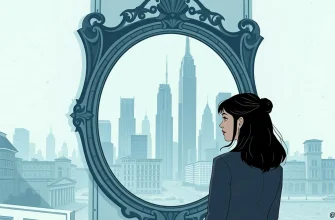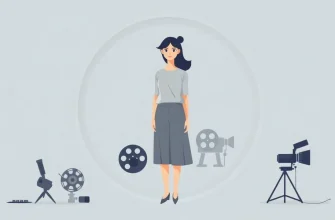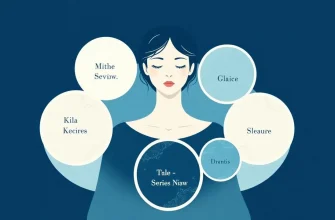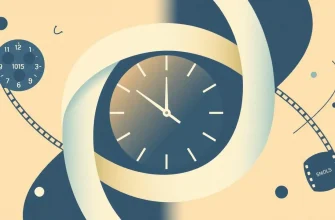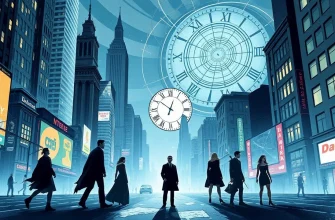This curated list of films delves into the enigmatic realm of the future, blending mysticism with speculative visions of what might come. From dystopian societies to time-traveling adventures, these films not only entertain but also provoke thought about our destiny and the potential paths humanity might take. Each film in this collection provides a unique perspective on the future, making it an invaluable resource for anyone fascinated by the intersection of science fiction and mysticism.

A Clockwork Orange (1971)
Description: Stanley Kubrick's adaptation of Anthony Burgess' novel explores a dystopian future where violence and youth culture run rampant, offering a chilling vision of societal control and moral ambiguity.
Fact: The film was banned in several countries due to its graphic content. Kubrick himself withdrew the film from UK cinemas after receiving death threats.
 Watch Now
Watch Now
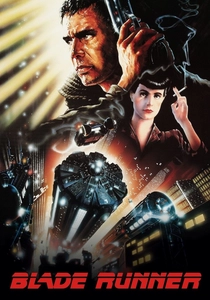
Blade Runner (1982)
Description: Ridley Scott's masterpiece envisions a future where synthetic humans, or replicants, question their existence, blending noir with futuristic mysticism.
Fact: The film's initial release was not a commercial success, but it has since become a cult classic, influencing countless sci-fi works.
 Watch Now
Watch Now
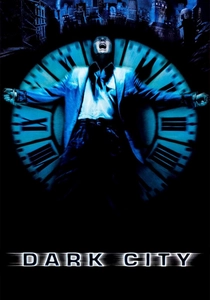
Dark City (1998)
Description: This neo-noir film explores a city where reality is manipulated by mysterious beings, delving into themes of identity, memory, and the nature of reality.
Fact: The film was initially overshadowed by 'The Matrix' but has since gained a cult following for its unique visual style and philosophical depth.
 Watch Now
Watch Now

The Fifth Element (1997)
Description: Luc Besson's vibrant film combines elements of mysticism with a futuristic setting, where a taxi driver must save the universe with the help of a mysterious woman.
Fact: The film was one of the most expensive European films ever made at the time of its release.
 Watch Now
Watch Now
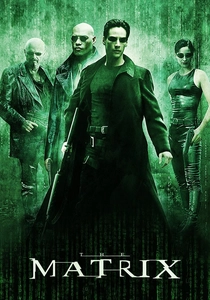
The Matrix (1999)
Description: This groundbreaking film presents a future where reality is simulated by machines, exploring themes of destiny, free will, and the nature of existence through a mystical lens.
Fact: The film's "bullet time" effect was a revolutionary visual technique at the time, influencing many action films that followed.
 Watch Now
Watch Now
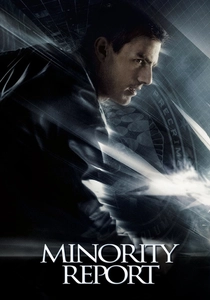
Minority Report (2002)
Description: Steven Spielberg's adaptation of Philip K. Dick's story presents a future where crime can be predicted and prevented, raising ethical questions about predestination and free will.
Fact: The film's technology, like the gesture-based interface, has inspired real-world tech developments.
 Watch Now
Watch Now
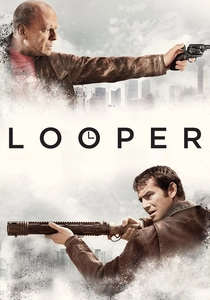
Looper (2012)
Description: Rian Johnson's time-travel thriller features hitmen who kill future targets sent back in time, mixing mysticism with the gritty reality of time manipulation.
Fact: The film's time travel mechanics were designed to be unique, avoiding common paradoxes seen in other time travel narratives.
 Watch Now
Watch Now
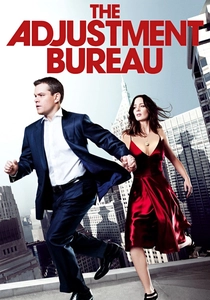
The Adjustment Bureau (2011)
Description: This film, based on a Philip K. Dick story, explores the concept of fate versus free will in a world where a mysterious group controls human destiny.
Fact: The film's portrayal of the bureau's headquarters was inspired by the architecture of the New York Public Library.
 Watch Now
Watch Now
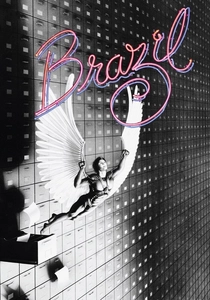
Brazil (1985)
Description: Terry Gilliam's dystopian satire features a future where bureaucracy and technology stifle individuality, with a dreamlike quality that blurs the lines between reality and fantasy.
Fact: The film's ending was a point of contention, leading to multiple versions being released.
 30 Days Free
30 Days Free

Strange Days (1995)
Description: Kathryn Bigelow's film presents a near-future where people can record and replay their experiences, leading to a dark exploration of voyeurism, memory, and the human psyche.
Fact: The film's technology of recording memories was ahead of its time, predicting trends in virtual reality and immersive experiences.
 30 Days Free
30 Days Free

